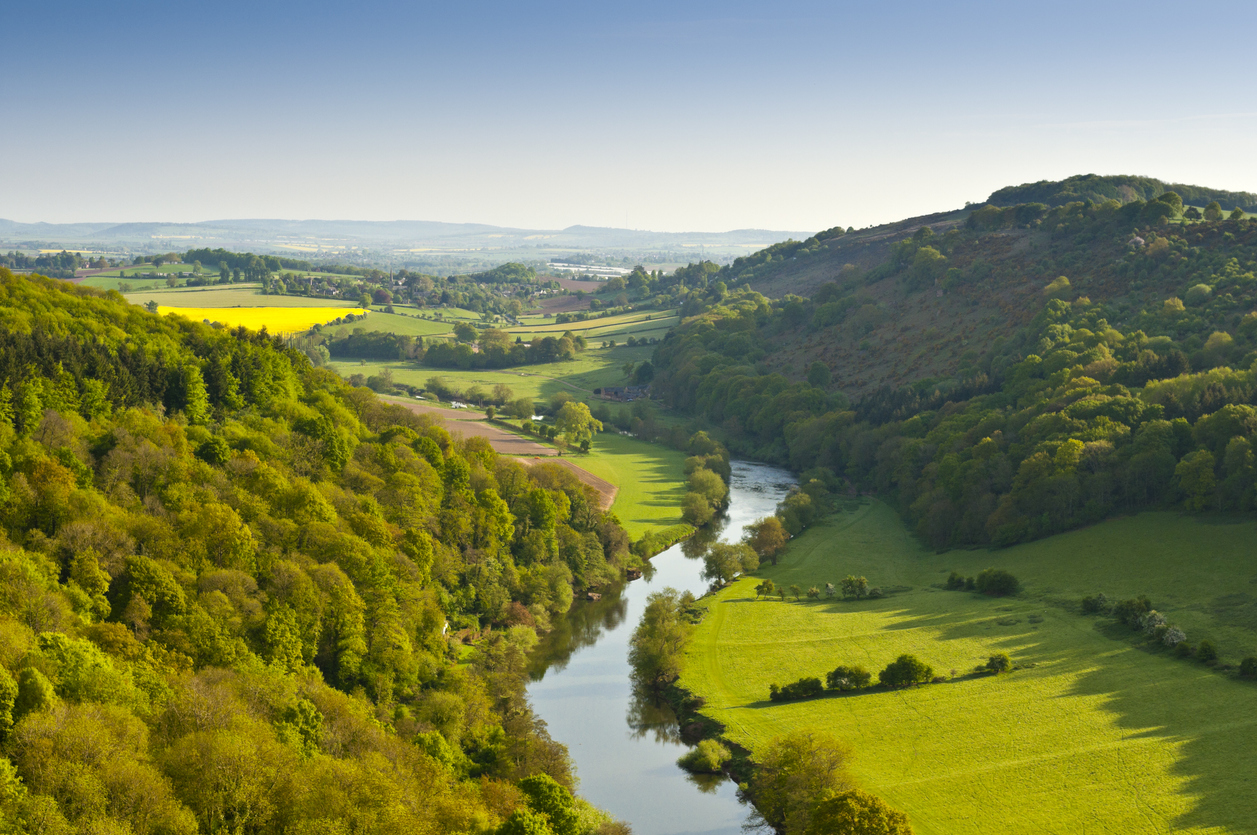Conservation areas are designated by local planning authorities as ‘areas of special architectural or historic interest, the character or appearance of which it is desirable to preserve or enhance’. If the property for which you are seeking planning permission lies within a conservation area or is a listed building, your proposal is likely to be subject to stricter planning controls. Check with the local council before starting work, otherwise you may face enforcement action.
Outline planning permission is not normally accepted in conservation areas as it is difficult for councils to evaluate the impact of a proposal without seeing the full details.
Living in a designated conservation area has the following effects on planning permission:
- Applications for planning permission are advertised in the local press and on the site itself
- ‘Permitted’ development which does not require planning permission is more restricted
- New developments must preserve or enhance the area’s character or appearance
- Unlisted buildings cannot be demolished without planning permission unless very minor
- Satellite dishes cannot be installed on chimney stacks or roof slopes facing the road without consent
Trees in conservation areas
If a tree is rooted in a conservation area, it is still protected even if it is not subject to a tree preservation order. For this reason you must notify the local council if you intend to carry out certain works on the tree.
Bats and the Law
In Britain, all bat species and their roosts are legally protected, by both domestic and international legislation. You will be committing a criminal offence if you:
- Deliberately capture, injure or kill a bat
- Intentionally or recklessly disturb a bat in its roost or deliberately disturb a group
- Damage or destroy a bat roosting place, even if unoccupied
- Possess, advertise, sell or exchange a bat (dead or alive) or any part of a bat
- Intentionally or recklessly obstruct access to a bat roost
Bats found during building works
The relevant statutory nature conservation organisation (SNCO) must be contacted for advice if work is needed on a building known to, or may, contain a bat roost. If bats are discovered during works, then work must stop immediately and the SNCO contacted.
